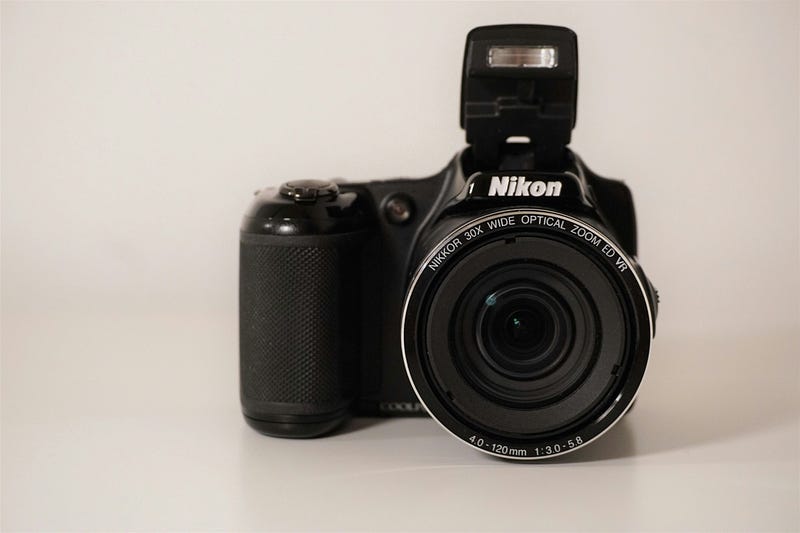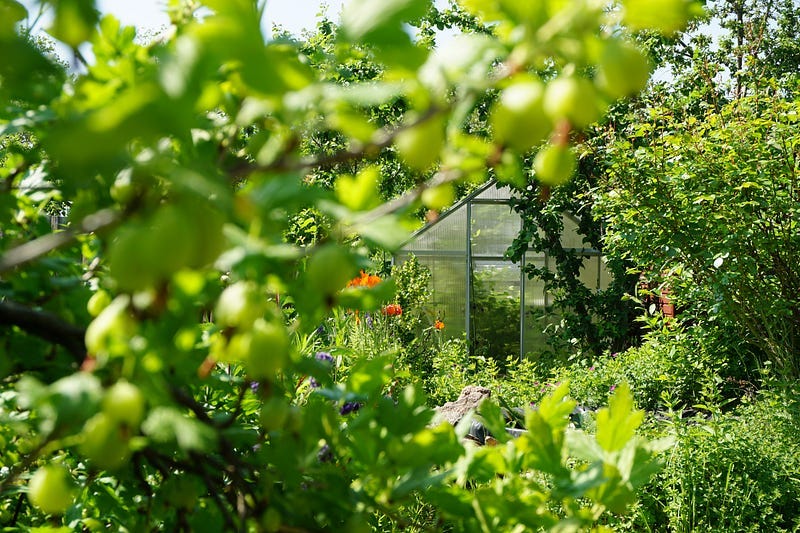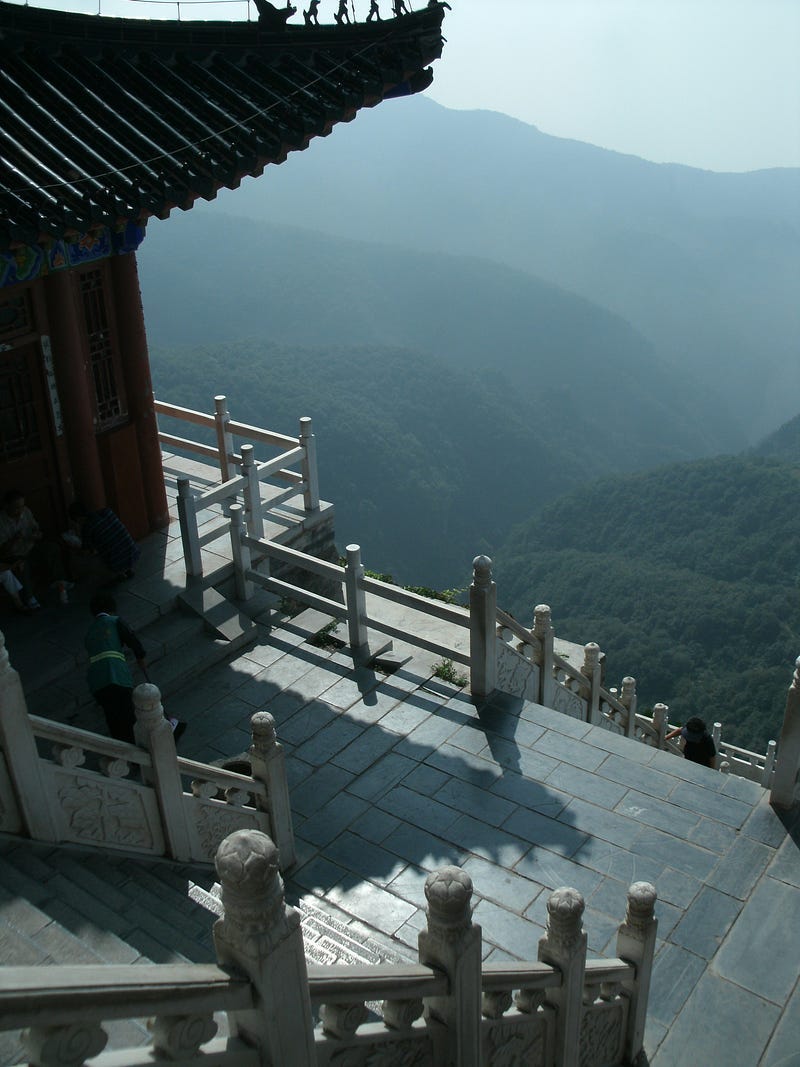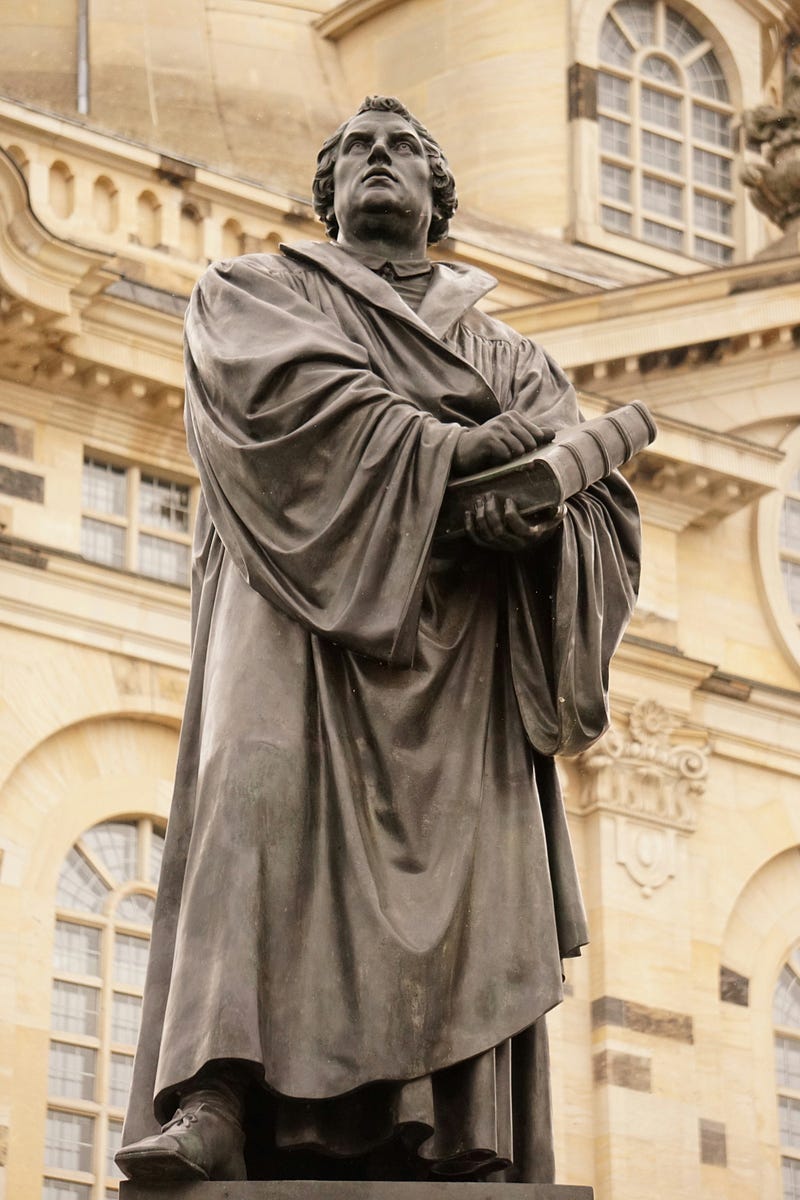How Photography Draws the Eye to Hidden Secrets
I have a special fascination: photography. Why? Because it changes my view of the story behind the motifs.
To be honest: I can’t say that I’m particularly good at taking photos and there are many people who take better photos than me. A lot of them. But it’s still incredibly fun. It’s just fun to illuminate certain things from a certain perspective and capture them with one press of the shutter.
A few years ago, I was still on the road with my old Nikon Coolpix. Back then, I was annoyed several times that the pictures were not of good quality in low light conditions, for example.

That’s why I’ve now switched to a Sony Alpha 6000. A rock-solid and very handy camera with high photo quality. I can take pictures with it that surpass the quality of most mobile phone cameras. All the photo enthusiasts I have spoken to have confirmed that the Sony Alpha 6000 is a really good camera.
What Photography Is All About
If you study photography a little, you will quickly learn one thing: it’s all about light.
Photo means something like light — as in the word photons — and -graphy means something like drawing — as in the words calligraphy and litography. Together, photography literally means “painting with light”.

There are three key parameters that influence the light in a digital photo:
The aperture controls how much light falls on the camera lens. There is a small iris in the lens and the aperture is the size of this iris opening.
The focal length is the distance between the lens and the focal point (in mm). It indicates how large or small the angle of view of my photo is.
The exposure time (or shutter speed). The shutter controls how long light falls on the sensor.
Aperture, focal length, exposure time — knowing a little about the technology is certainly a prerequisite for taking sharp photos. But technology is only a means to an end.
The most important thing is the motif and your own perspective.
The Motif Tells a Hidden Story
There really are so many motifs. People, animals, still life, sky, stars, forest, sporting activities — there is an incredible variety of things that can be captured in a photo.
In a way, every photo you take tells a little story. I probably like taking photos because I can try to capture the story of my motif.

I can emphasise a particular detail that I think is especially important. I can decide what I want to focus on by changing the sharpness settings. I can vary the brightness a little and adjust the colours a little to influence the mood of the picture.
The story is carried by a feeling and with these subtleties I can try to express the story of the subject.
Fascinating How the View Changes
I always notice one thing when I take photos. I walk through the world a little differently. I look at things a little differently. And I look out for something special.

What is particularly beautiful? What stands out? Does something stand out from the crowd? Where has a person gone to great lengths with a design? Where has nature gone the extra mile? What particular coincidences lead to a special picture?
The children put painted stones in front of the front door with the sun shining on them. The sun shines through the green leaves so that you can see the ribs. The fantastic light blue sky with orange colour nuances simply leaves me speechless. Beauty that can be painted with light on digital paper.
So what exactly has changed in my view? I think I look a little more attentive when I’m out and about with my camera. I take more time to look.
Develop Your Own Perspective
Sometimes, photography tempts me to take a slightly more unusual perspective and capture a subject from my very own point of view.

There is a relationship between one’s own perspective and the subject. In a way, the picture expresses the relationship between the photographer and the subject. I have at least sometimes asked myself, why is this or that motif particularly interesting to me? Can I see what triggered this resonance in me?
Expressing your own perspective and making it accessible to others is important. Photography is an opportunity for self-expression.
Even if your own perspective is similar to that of other people’s pictures, the image is always somehow different.
Martin Luther in front of Dresden’s Frauenkirche has been photographed by many people before me. But no one has photographed the statue the way I did.

Even if it’s just details that make the picture different — expressing yourself through what you do makes a difference.
Conclusion
In itself, photography doesn’t need much. All you need is light, a camera or a mobile phone. And you’re ready to go. With a camera in hand, you set off in search of that special subject.
And while you are on the lookout, your view may change. As you experiment and try things out with the camera, your gaze may wander a little more attentively through your surroundings.
Each time you click the trigger, you give a little expression to your very own perspective.
Isn’t that what makes photography so fascinating?

